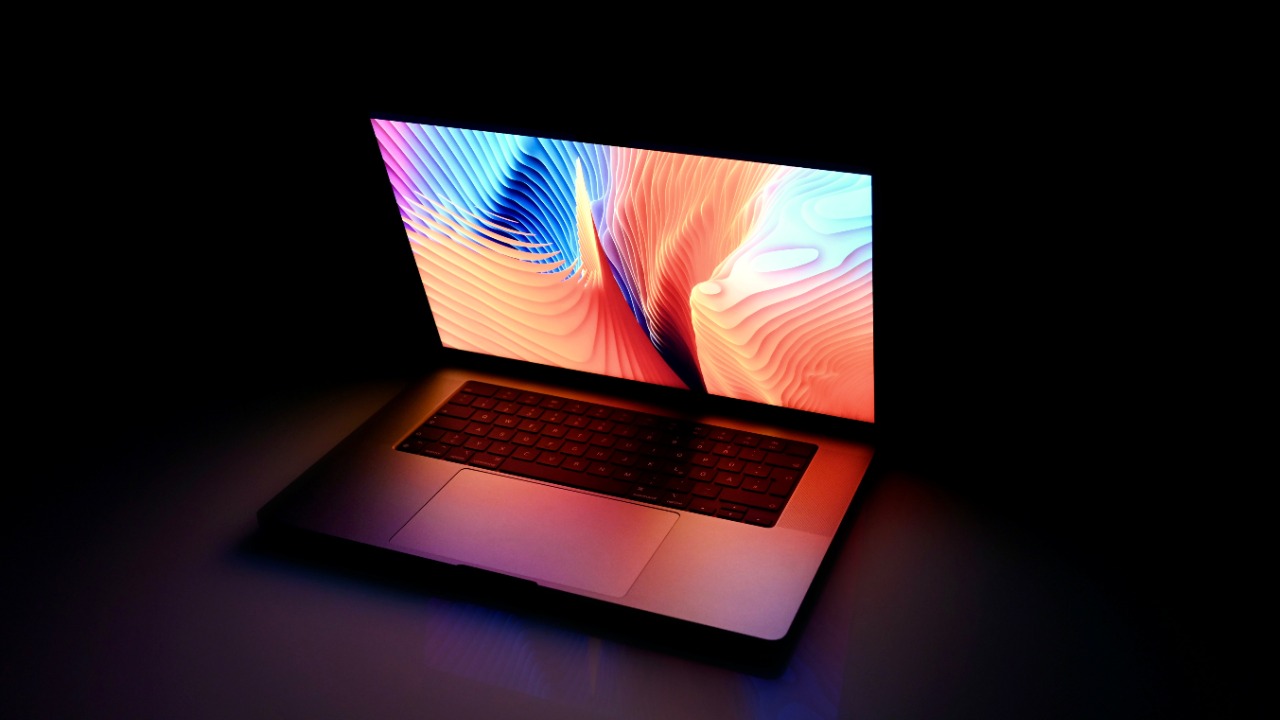
Apple’s M5 MacBook Pro, launched in late 2025, has positioned itself as a high-end addition to the Mac lineup, boasting advanced Apple Silicon capabilities. The 14-inch model has sparked a debate among experts, with some lauding its enhancements, while others argue it lacks the revolutionary changes that existing users might expect. This article will delve into the key performance metrics of the M5 MacBook Pro, comparing it to its M4 and M1 predecessors, and the 15-inch M4 MacBook Air, to help you decide whether it’s worth the upgrade.
M5 Chip Advancements
The M5 chip’s core architecture is a significant leap forward in terms of efficiency compared to previous generations. Benchmark tests reveal that the M5 chip outperforms its predecessors in both single-core and multi-core performance, boasting impressive clock speeds and thermal improvements. This is a testament to Apple’s continuous efforts to refine its silicon technology, as detailed in a PCMag comparison.
Moreover, the M5 chip’s neural engine enhancements have been lauded for their superior handling of AI tasks. This has led to widespread acclaim, with many considering it the pinnacle of Apple Silicon evolution, as noted in a Cult of Mac review.
Performance vs. M4 Models
When comparing the M5 MacBook Pro with M4-equipped devices, the M5 shows a clear edge in CPU and GPU benchmarks. This is particularly evident in rendering times and power draw differences. Real-world productivity gains are also noticeable, especially in video editing and coding workloads, where the M5 consistently outperforms the M4 in sustained operations, according to PCMag.
However, the question remains whether the M5’s incremental boosts justify switching from an M4 MacBook Pro. This decision will largely depend on individual user needs and the specific tasks they perform on their devices.
Upgrading from M1 Era
For users still using M1 hardware, the M5 offers substantial improvements in processing power. This is quantified by the significant percentage increases in Geekbench scores for single- and multi-threaded tasks. Additionally, the M5 offers compatibility and software optimization benefits, as well as improved battery life and speed, as detailed by ZDNet.
However, the extent of these gains will vary depending on the user’s specific needs. For instance, those who rely heavily on machine learning applications will see transformative gains, while those who use their devices for basic tasks may notice minimal changes.
Design and Display Updates
The 14-inch M5 MacBook Pro features several design refinements, including reduced bezel sizes and updated port configurations. The display quality has also been enhanced, with improved brightness levels and color accuracy. Some models even offer nano-texture options and ProMotion refresh rates, as noted in a Wired review.
When compared to the 15-inch M4 MacBook Air, the M5 MacBook Pro’s build materials and weight highlight some trade-offs in terms of portability. However, for professional workflows, these trade-offs may be worth it, as detailed by Geeky Gadgets.
Battery and Efficiency
The M5 MacBook Pro’s battery life estimates under mixed workloads show that it outperforms both M4 and M1 models in endurance tests. Its thermal performance during intensive sessions is also impressive, with low fan noise levels and efficient heat dissipation, as noted in the Wired review.
For on-the-go users, the M5’s energy efficiency is a significant advantage. Comprehensive reviews, such as the one by Cult of Mac, report extended hours of usage, making the M5 MacBook Pro a reliable companion for mobile professionals.
Pricing and Value Proposition
The starting prices for M5 MacBook Pro configurations stack up competitively against M4 and M1 models at current market rates. However, the cost-per-performance ratios may vary, and potential buyers should consider upgrade incentives like trade-ins for M1 devices, as suggested by ZDNet.
For budget-conscious buyers, alternatives like the 15-inch M4 MacBook Air may offer better value, as noted by Geeky Gadgets.
Target Users and Alternatives
The M5 MacBook Pro is ideally suited for creative professionals who require top-tier GPU performance. However, for everyday tasks, sticking with the M4 or opting for Air models may be a more cost-effective choice, as suggested by PCMag.
There has been some skepticism around the M5’s incremental nature, especially among casual users. As noted in a Wired review, these users may not find the M5’s enhancements compelling enough to warrant an upgrade. Ultimately, the decision to upgrade to the M5 MacBook Pro will depend on individual user needs, preferences, and budget.
More from MorningOverview